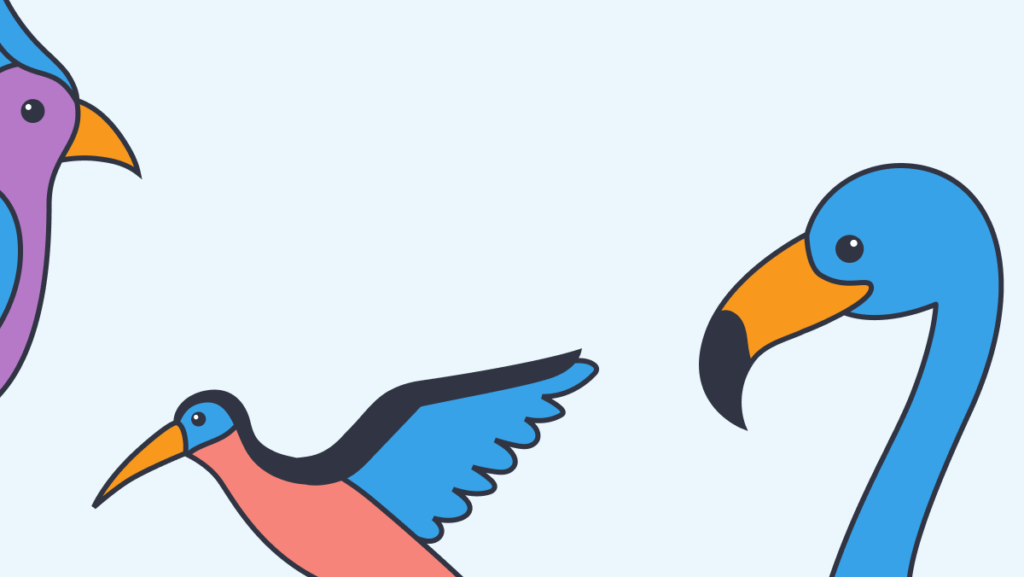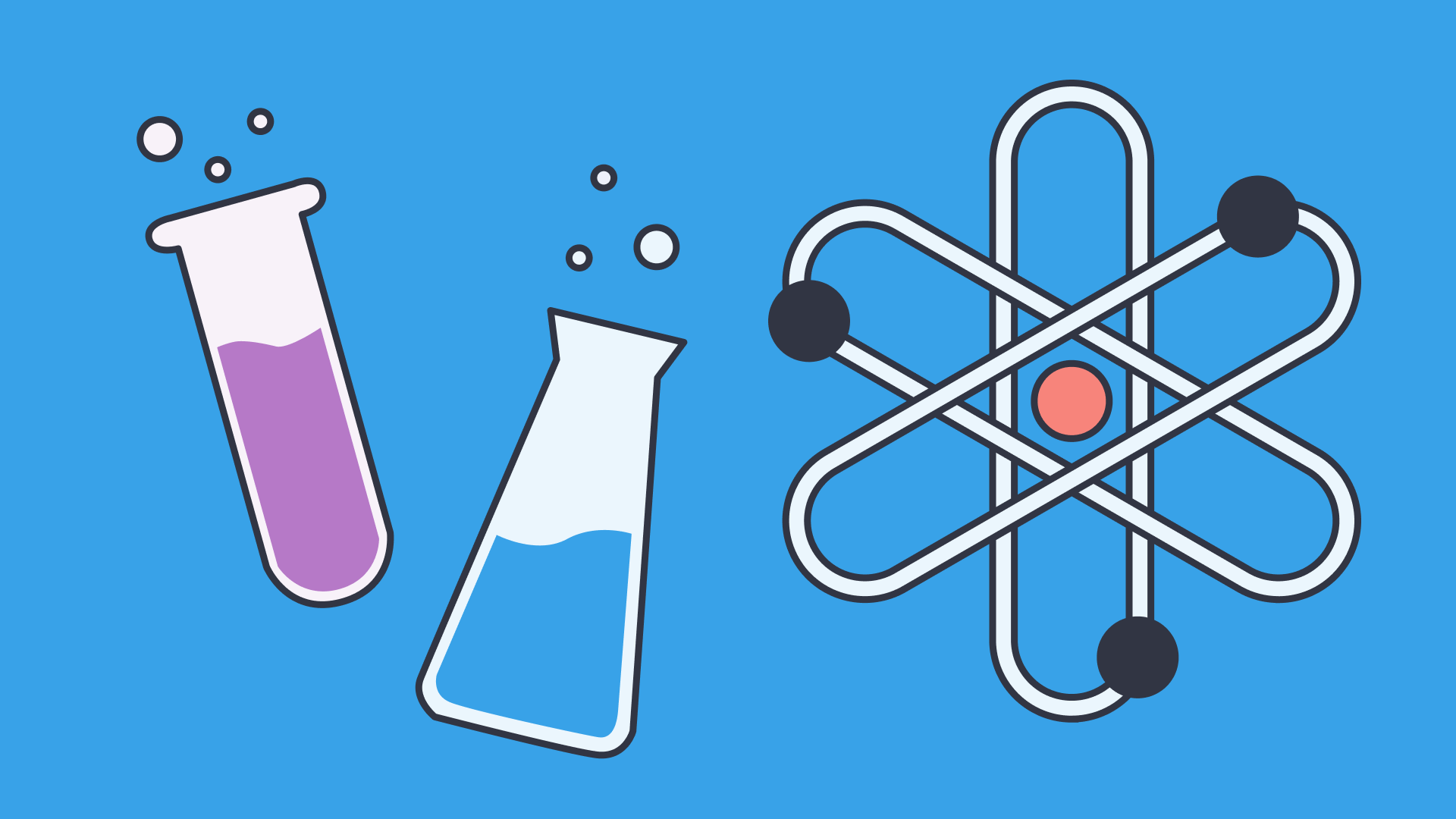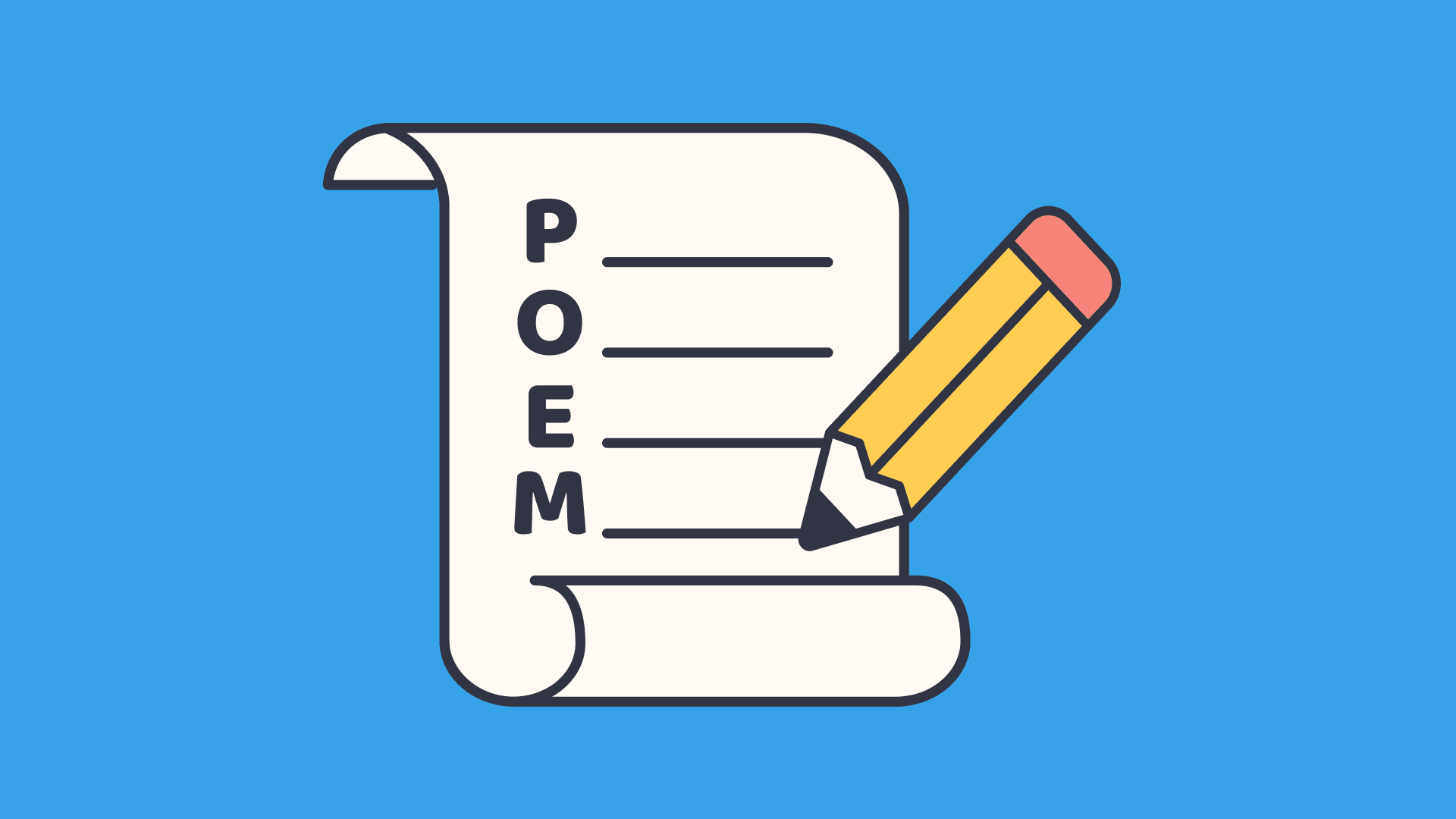4 Fun and easy science experiments for elementary students
In this guide
Science is all around us. What better way to explore the concepts of science than a hands-on experiment! Science teachers might stray away from experiments because of the preparation and mess that can come with these types of activities, however, there are so many fun and easy experiments that take little preparation and bring a ton of fun! Your students will sharpen their skills as observers and scientists with these engaging experiments!
Engaging elementary students with fun and easy science experiments will not only spark their interest and curiosity, but can make science concepts tangible and help with overall understanding.
According to Pedagogy in Action, “experiments can be used to introduce new ideas or to clarify puzzling aspects of topics with which students typically struggle. If the result of an experiment is surprising yet convincing, students are in position to build ownership of the new idea and use it to scaffold learning.”
Science study is typically split into four domains: Physical Science, Life Science, Earth and Space Science, and Engineering. Below you’ll find fun, easy, and engaging science experiments for each of these domains!
4 Science experiments for elementary
Each activity will take minimal time, effort, and resources to implement in the elementary classroom. They are the perfect way to introduce a new unit, review concepts in a hands-on format, or excite students to explore the world as scientists!
1) Physical science balloons in motion
In Physical Science, elementary students study the properties and changes of matter, forms of energy, and forces of motion. Looking closely at Newton’s Laws of Motion will help students begin to unpack the forces that they see and use in their everyday lives!
This science experiment demonstrates Newton’s Third Law of Motion: for every action, there is an equal and opposite reaction. Students will use air in a balloon to conduct this science experiment!
You’ll need
- Balloon
- Straw
- String
- Tape
- Scissors
Procedure
- Thread the straw on a large piece of string.
- Cut the string and tie it to two objects in the classroom, such as two chairs.
- Inflate the balloon and hold the end so no air escapes.
- Attach the balloon using tape to the straw with the opening uncovered.
- Release the end of the balloon and observe the air moving the balloon in one direction along the string.
NGSS:
- NGSS 3-PS2-1: Plan and conduct an investigation to provide evidence of the effects of balanced and unbalanced forces on the motion of an object.
- NGSS 3-PS2-4: Define a simple design problem that can be solved by applying scientific ideas about magnets.
After conducting this experiment, complete the following formative assessment with your students.
Formative Assessment Questions
- Which of Newton’s Laws is shown in this experiment?
- Newton’s Third Law
- Newton’s First Law
- Newton’s Second Law
- How does the balloon move along the string in this experiment?
- As air is released from the balloon it creates a force in one direction, so the balloon moves in the opposite direction.
- True or False: Would the balloon move differently if there was a weight tied to one end of the string?
- True
Video Connections
Watch Forces to help determine what forces were used in this science experiment!
Topic Connections: Forces

2) Life science beaks are unique
Elementary students will study a variety of topics in Life Science, including ecosystems, the human body, and life cycles. In this experiment, students will enjoy observing and making conclusions about an organism’s reaction to their environment.
Teachers can discuss a variety of topics with students while using this experiment. Animal adaptations, ecosystems, and the evolution of species are all relevant conversations that can stem from this project.
You’ll need
- 5 tools to represent beaks (tweezers, chopsticks, eyedropper, slotted spoon, binder/chip clip)
- 5 “food items” (Ex. uncooked rice, candies, liquid, seeds, pasta)
- 5 containers or paper cups/bowls
Procedure
- Break students into smaller groups and give each group a “beak” to use during this experiment.
- Give each group some of the food items.
- Students will use their “beak” to pick up each food item and record their observations.
- Discuss findings of each group.
NGSS:
- 4-LS1-1: Construct an argument that plans and animals have internal and external structures that function to support survival, growth, behavior, and reproduction.
After conducting this experiment, complete the following reflection activities with your class!
Formative Assessment
- True or False: Different beaks can pick up different types of food?
- True
- Why are animal adaptations important?
- Without animals adapting to their environment they would not survive. For example, if a bird living in a dry environment did not have the beak to pick up its food, it could not live.
- True or False: All birds eat and can eat the same type of food.
- False
Video Connections
Learn more about Birds through this video!
3) Earth science explosive volcanoes
In this experiment, elementary students will have fun exploring volcanoes! Students will create their own volcanic eruption and observe how it changes and affects the Earth’s surface.
This experiment is best suited for outside, as it can get quite messy. Make sure there is a space you are comfortable with before bringing this project to your students.
Volcanic eruptions are an exciting and engaging topic for elementary school students. Not only can discussions lead to natural disasters and landforms, but also the connection to chemical reactions and how they occur!
You’ll need
- Plastic bottle
- Vinegar
- Baking soda
- Dish soap
- Food dye (optional)
Procedure
- Place the plastic bottle on a flat space surface
- Fill the bottle halfway with vinegar
- Add a few tablespoons of dish soap
- (Optional) Add a few drops of food coloring
- Add about a tablespoon of baking soda to the bottle and step back
NGSS:
- 3-ESS3-1: Make a claim about the merit of a design solution that reduces the impacts of a weather-related hazard.
Formative Assessment
- What caused the eruption of the volcano? How do you know?
- The mixing of the chemicals caused the eruption.
- A volcano is essentially an eruption of the earth’s _______________.
- Surface
- In this experiment, what does the vinegar, soap, baking soda mixture represent?
- Lava
Video Connections
Check out Introduction to Volcanoes on ClickView to learn more about volcanoes with your students!
In Volcanoes, students will learn background information as to what actually causes a volcano to erupt!

4) Engineering marshmallow catapult
Students are challenged in this experiment with an engineering task to create a catapult that can launch a marshmallow! This requires teamwork and good planning and preparation in order to trial and error different catapults.
This experiment might take two lessons. Students can begin by drawing a diagram of their catapult and thinking about the tools they might need in order to effectively launch the marshmallow. Then, students can spend time creating their catapult with observation and testing.
You’ll need
- Marshmallows
- Plastic Spoon
- Craft Sticks
- Rubber bands
- Masking Tape
Procedure
- Use craft sticks to create the base of the catapult and secure it with rubber bands.
- Use tape to attach the spoon to one end of the base of the catapult.
- Place a marshmallow on the spoon and launch it.
- Adjust the catapult as needed for best results.
NGSS:
- NGSS 3-5-ETS1-1: Define a simple design problem reflecting a need or want that includes specified criteria for success and constraints on materials, time, or cost.
- NGSS 3-5-ETS1-3: Plan and carry out fair tests in which variables are controlled and failure points are considered to identify aspects of a model or prototype that can be improved.
Formative Assessment
- What causes the marshmallow to launch?
- The force of the catapult being pulled down.
- What is the criteria for success in this experiment?
- Launching the marshmallow
- What is the controlled variable of this experiment?
- The spoon and marshmallow
Video Connections
Compare and contrast your marshmallow catapult to the marshmallow shooter created in this video! Which design is more effective?
Topic Connection: World Creativity and Innovation Day
References
- Next Generation Science Standards. 3-PS2-1 Motion and Stability: Forces and Interactions. [Online]. Available at: https://www.nextgenscience.org/pe/3-ps2-1-motion-and-stability-forces-and-interactions [Accessed 10th March 2024].
- ClickView. Forces. [Online]. Available at: https://www.clickview.net/us/middle/videos/48235479/forces [Accessed 10th March 2024].
- ClickView. Feathered Friends: Learning About Birds. [Online]. Available at: https://www.clickview.net/us/elementary/videos/39362402/feathered-friends-learning-about-birds [Accessed 10th March 2024].
- Wild Earth Lab. (2023). Bird Beaks Lab. [Online]. Available at: https://wildearthlab.com/2023/08/02/bird-beaks-lab/ [Accessed 10th March 2024].
- ClickView. Introduction to Volcanoes. [Online]. Available at: https://www.clickview.net/us/elementary/videos/39430086/introduction-to-volcanoes [Accessed 10th March 2024].
- ClickView. Marshmallow Shooter. [Online]. Available at: https://www.clickview.net/us/elementary/videos/50963063/marshmallow-shooter [Accessed 10th March 2024].
- ClickView. Volcanoes. [Online]. Available at: https://www.clickview.net/us/elementary/videos/67226305/volcanoes [Accessed 10th March 2024].
- SERC Carleton. Why Use Experiments? [Online]. Available at: https://serc.carleton.edu/sp/library/experiments/why.html [Accessed 13th March 2024].

Victoria Dotson
briefcase iconLiteracy Specialist
Victoria Dotson, an esteemed educator and professor in Chicago, Illinois, leverages her background as a Literacy Specialist to support multilingual learners and mentor preservice teachers. Victoria excels in developing literacy practices, promoting diverse literacy experiences in the classroom, and developing restorative curriculum.
Other posts
Want more content like this?
Subscribe for blog updates, monthly video releases, trending topics, and exclusive content delivered straight to your inbox.

















